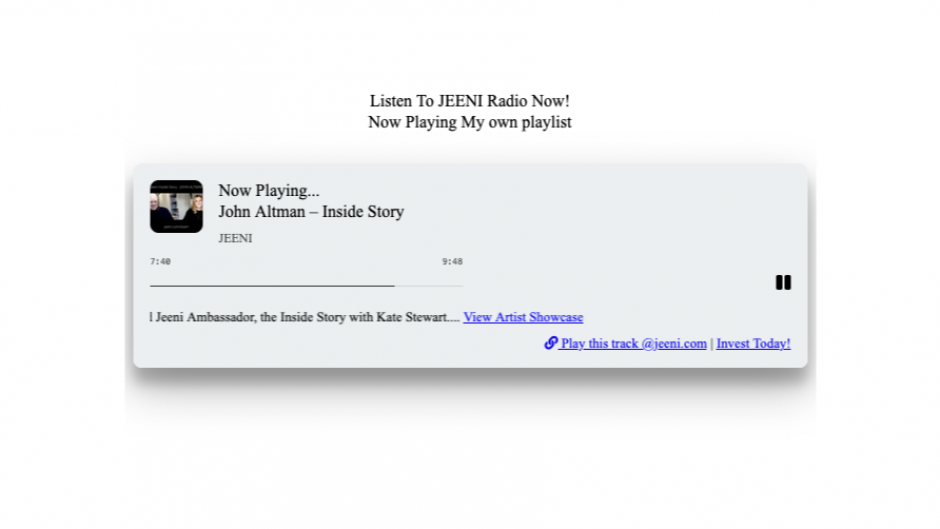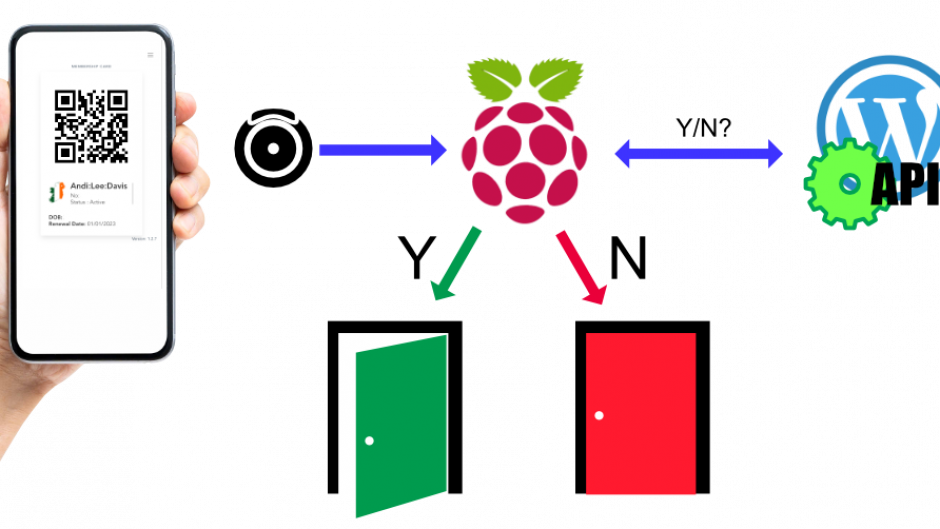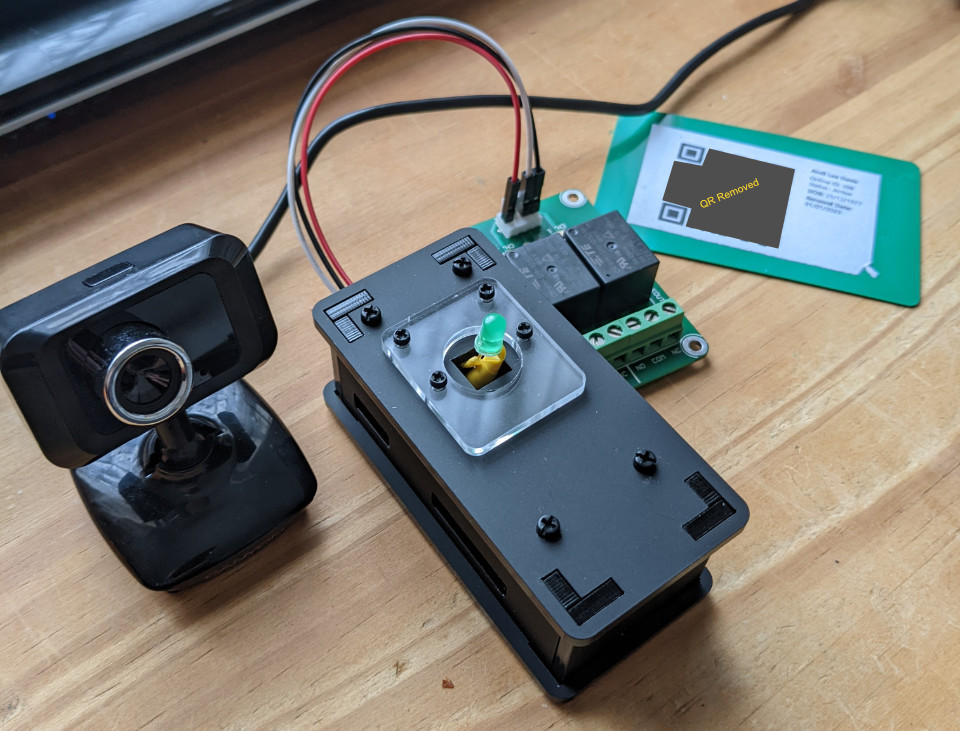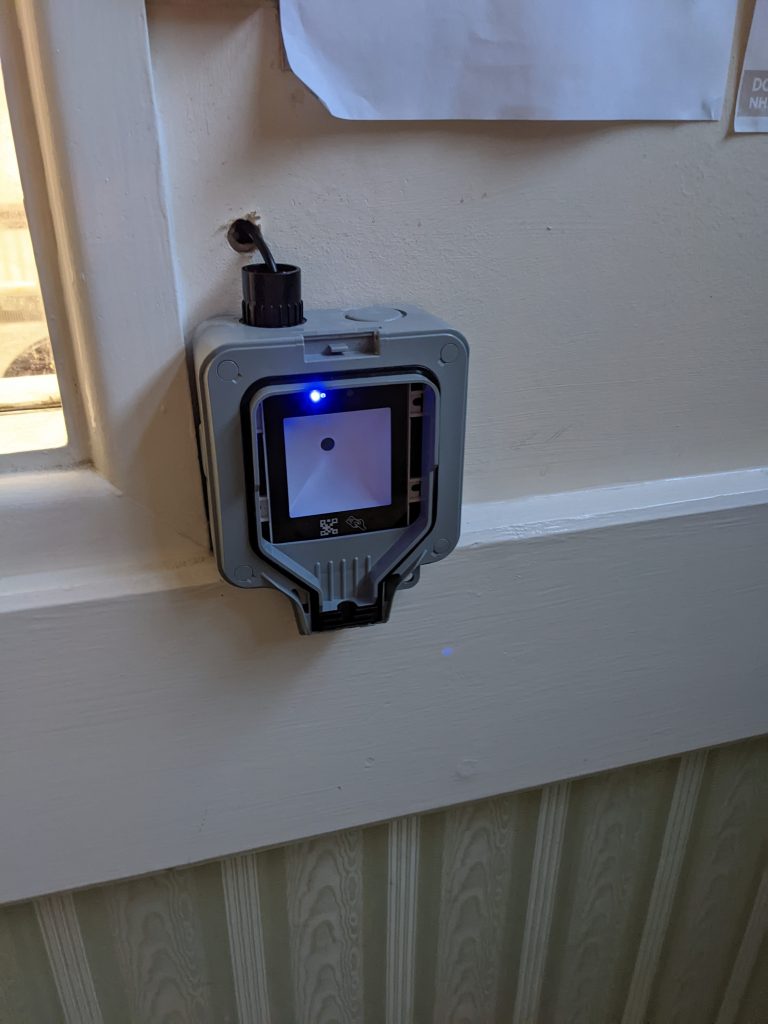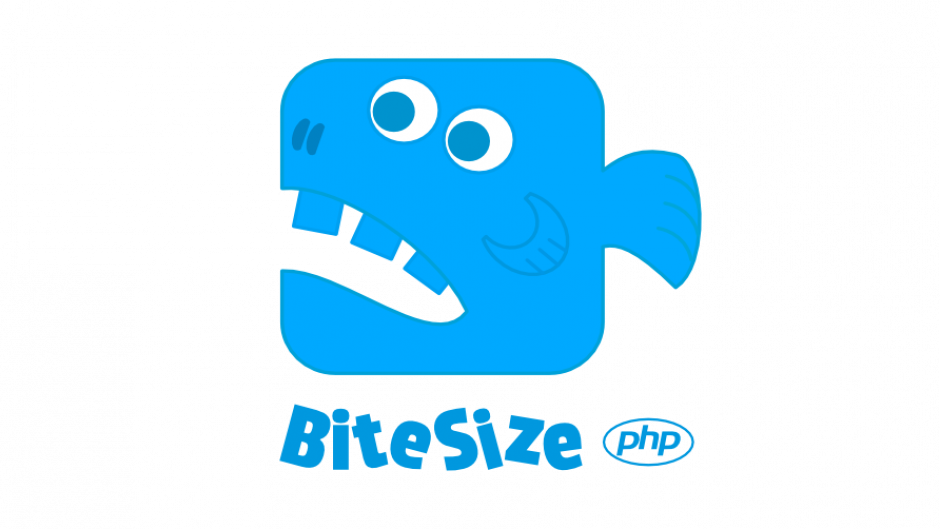Resurrecting a 1980’s c64 Game, this was one of the first computer games I learnt to code BASIC with by reading from a book and copying the code verbatim. The publication at the time was Creepy Computer Games which consisted of 8 programmable games (Computer Nightmare, The Number Wizard, Ghost Guzzler, Spiderwoman, Gravedigger, Mad House, Ghost Maze, and Seance).
Published way back in 1983 however I did not learn to code a computer until a few years later. I found this game to be most entertaining and one of my favourites. In fact you can still play the original online at gamebase64.com.
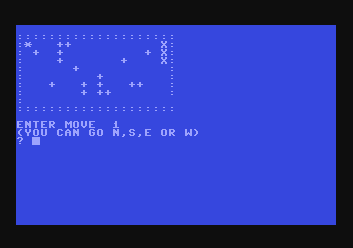
Eventually as time went by and I got a little older, I had moved onto the Amiga, and was tinkering around with Amiga basic. Having the advantage of being able to reference subroutines by name rather than by line. I decided to undertake transposing the game like-for-like on the the Amiga using Amiga Basic. Sadly, I do not have any photo I can show you and the Amiga was sold shortly before going to college.
…Fast Forward, got fatter unto 2022… I looked up emulators a couple of years ago as I still wanted to occasionally play games like Bubble Bobble, Spy Vs Spy, Barbarian etc. I found a great website gamebase64.com. You can play the games you remember. Then I decided to search for “Gravedigger” I found the publication here at https://bbcmicro.co.uk.
I was in the process of stretching my JS coding, so I went about re-creating a VUE.js app for this game, taking the original code and refining it. I added levels (now seven), and different monsters too with different move patterns, some re-spawn and multiply. I also wanted to make mention Alan Ramsey, 1983, Author (Creepy Computer Games), because if it wasn’t for this little game it might not have inspired me to learn more about coding so a big thank you to Alan.

I spent a recent weekend trying to tidy it up. It’s a real mash up now, as not quick vue-esque atm as I am using JS Classes for the creatures as I wanted to refactor the code to be a bit neater. A lot more can be done to refactor it into more components, bet meh it works for now and when I have a bit more time I think I’ll re-work it properly.
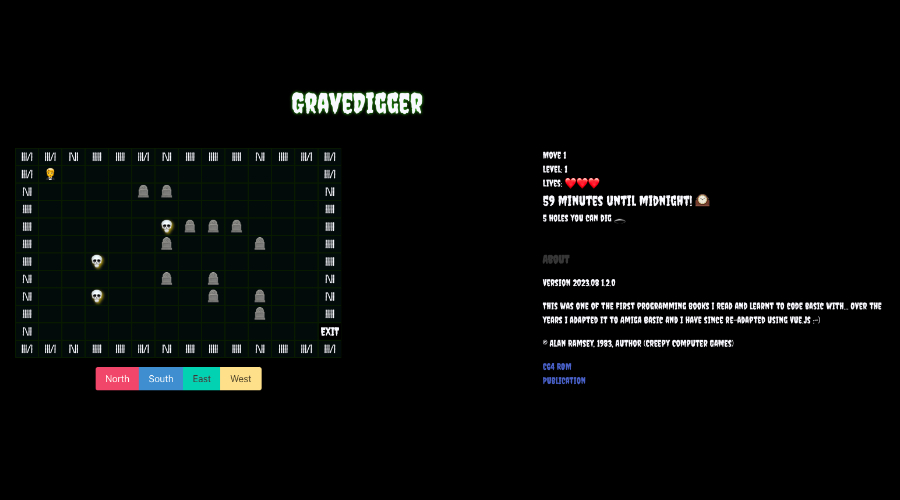
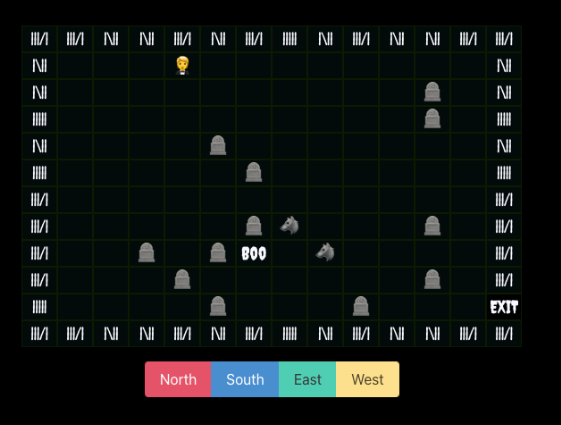
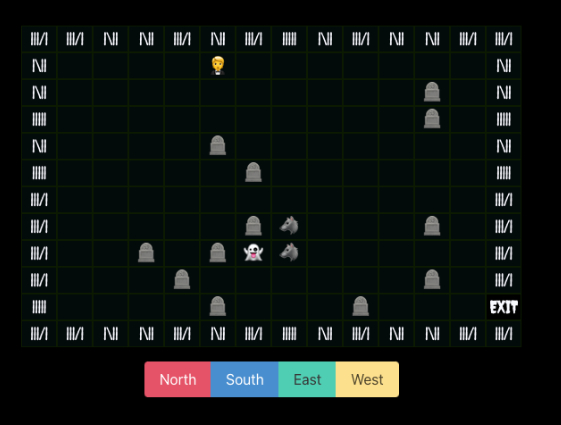

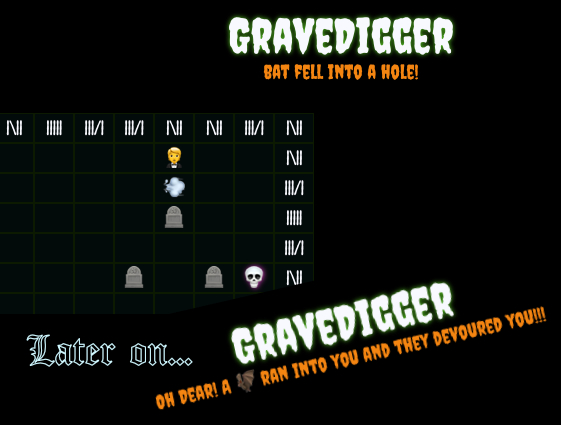
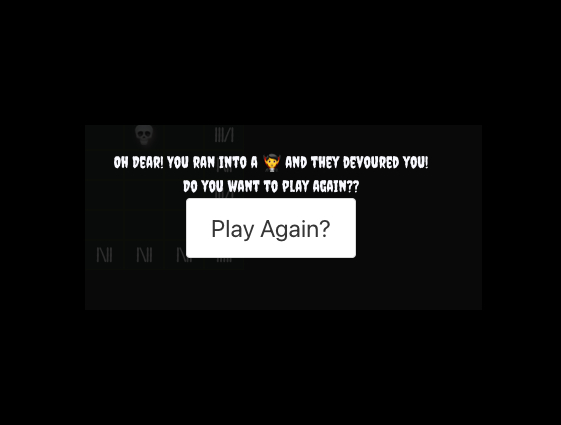
The demo is here where you can play… ->
And the Git repository if you want to have a poke around here.
Anyway this was a bit of fun and worth a mention, especially having to transpose BASIC to Javascript.



